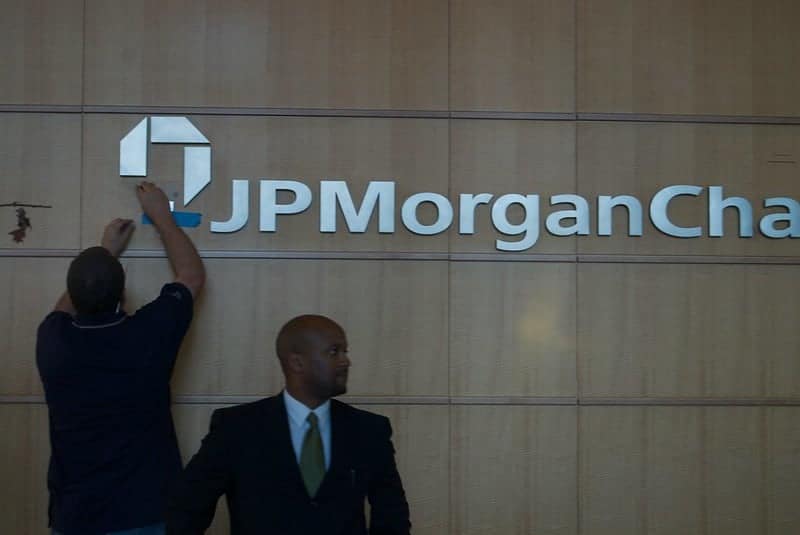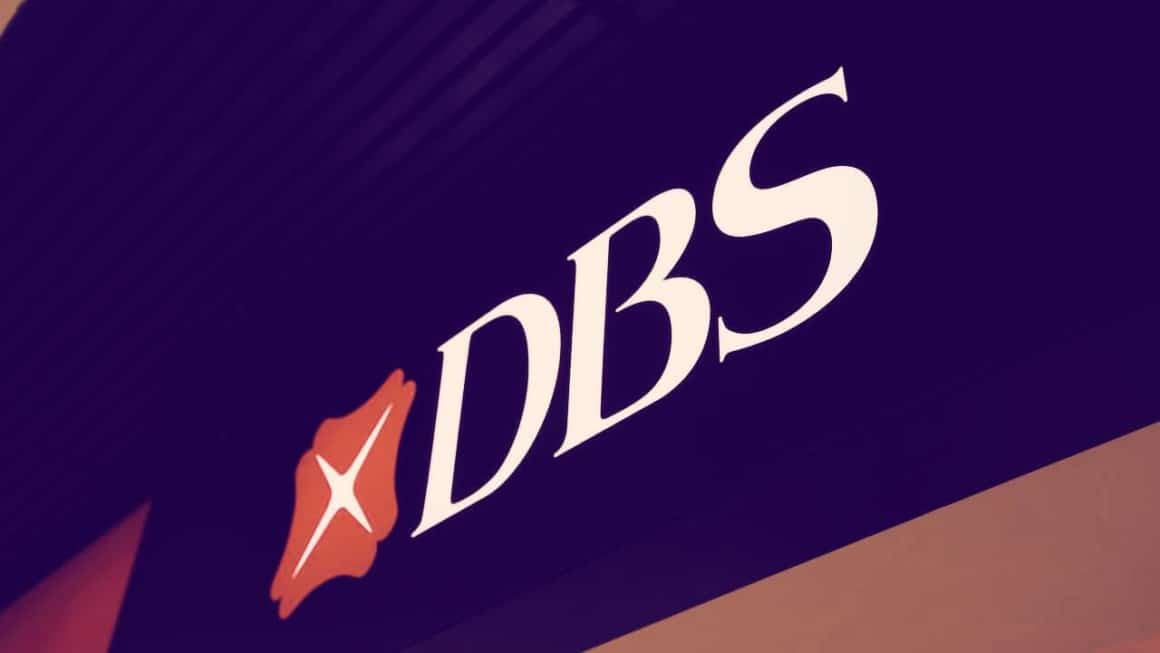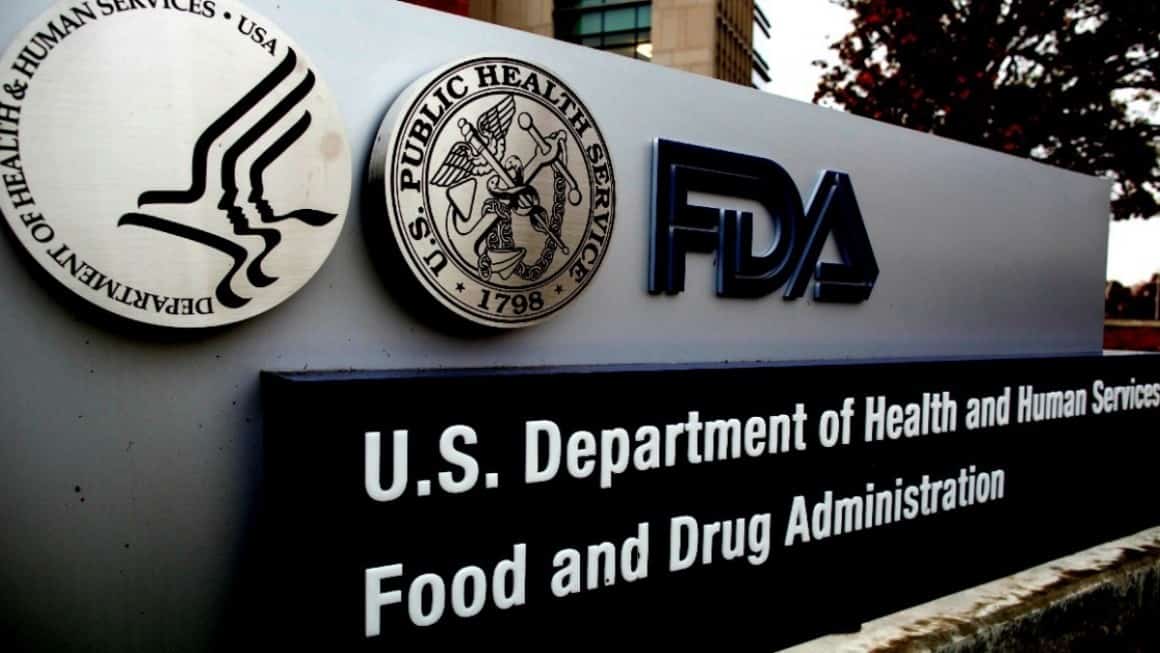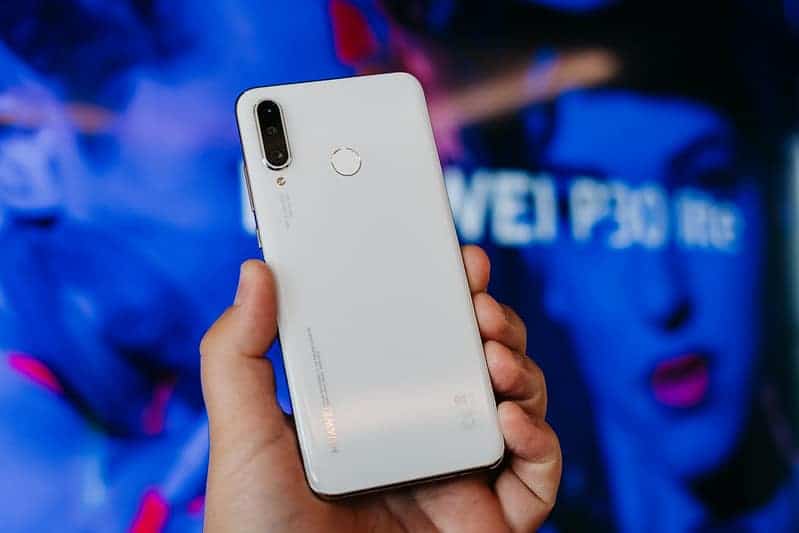In this issue
- JPMorgan’s digital currency JPMCoin is up and running
- ConsenSys is new power player in global CBDC race
- Singapore’s DBS Bank may be about to unveil a cryptocurrency exchange
- Bitcoin white paper is now 12 years old
- Is the U.S. FDA serious about blockchain and food safety?
- In China: new Huawei phone includes DCEP e-RMB digital wallet
- Funding spotlight: DeFi in Singapore
From the Editor’s Desk
Dear Reader,
Some big headlines this week! From nail-biting U.S. election results still waiting to be finalized to China’s move to suspend Ant Group’s enormous US$37 billion dollar offering in Shanghai, which Hong Kong mirrored shortly thereafter. All in a short span of 24 hours. But in this new world of Covid-19, we’ve all been taught time and time again… anything can happen. The price of bitcoin after pulling back from its year high now is steadily climbing back to US$14,000 once again as of the time of publication.
On the Current Forkast this week, we note the white paper that started it all. Twelve years ago, it was a nine-page Bitcoin white paper written by one Satoshi Nakamoto that launched a thousand projects. Today, it is an alternative asset that investors are increasingly diving into to diversify against the inexplicable (which seems to happen with increasing regularity).
What’s up is down, and vice versa. JP Morgan, whose CEO Jamie Dimon who famously threatened to fire anyone who bought bitcoin for being “stupid,” is now live with its own JPM Coin. More and more countries are actively developing their own central bank-backed digital currency. All in a week’s worth of developments in blockchain. What will next week bring? We’ll tell you all about it, and why it matters… stay tuned! It’s never a dull moment around here.
Until the next time,
Angie Lau,
Founder and Editor-in-Chief
1. JPMorgan’s JPM Coin goes live

By the numbers: JPM Coin — over 5,000% increase in Google search volume.
JPMorgan tells CNBC that the bank’s new digital currency JPM Coin has gone live and a “large international technology company” is using it for cross-border payments. JPM Coin is built on the Quorum blockchain, which was acquired by ConsenSys earlier this year.
- JPMorgan also created Onyx, a blockchain and digital currency business arm with more than 100 dedicated staffers.
- “We are launching Onyx because we believe we are shifting to a period of commercialization of those technologies, moving from research and development to something that can become a real business,” said Takis Georgakopoulos, JPMorgan’s head of global wholesale payments.
Forkast.Insights | What does it mean?
Cross-border transactions have long been seen as the killer app for distributed ledger technology. In China’s “Greater Bay Area,” where three banking systems and currencies operate in parallel, a blockchain-based system is being developed to reduce the friction from currency flowing across the border.
Essentially, any kind of cross-border payment platform already uses ledgers. Fedwire, for instance, is simply a giant ledger that tracks transfers between accounts at the partner banks. SWIFT is set up in a similar way. But the problem is that these are both based on comparatively archaic technology. Fedwire takes hours to settle a transaction. SWIFT might take up to a week, and it comes with plenty of fees.
All the JPMorgan Coin proposes to do is set up a distributed ledger that would allow for the transaction to be cleared and settled between different JP Morgan branches and paid out locally. The risk of JPMorgan absconding with funds is non-existent, which makes them the perfect facilitator.
Although this coin looks like a stablecoin in many ways (especially as it’s pegged 1:1 to the USD), there does not seem to be plans to have this coin trade publicly. It would be tough to call this a cryptocurrency per se.
2. ConsenSys fires up CBDCs around the world

By the numbers: ConsenSys — 5,000% increase in Google search volume.
Blockchain software company ConsenSys is firing up CBDC-related projects around the world as Hong Kong, Thailand, France and now Australia have all announced that they will be working with the Ethereum developer in their CBDC projects.
- ConsenSys will assist Bank of Thailand in the development of a proof-of-concept for Thailand’s CBDC, Inthanon. ConsenSys was also selected by the Hong Kong Monetary Authority to lead Hong Kong’s CBDC developments.
- Societe Generale Group’s digital capital markets platform Societe Generale – Forge has selected ConsenSys to provide technology and expertise to Societe General. SocGen was previously selected by the French central bank to lead interbank settlements.
- Reversing its earlier stance, the Australian central bank also announced this week that it would partner with ConsenSys to explore the potentials of a wholesale CBDC using distributed ledger technology. The project will include two of the nation’s four major banks and financial services company Perpetual.
Forkast.Insights | What does it mean?
Central bank digital currencies (CBDCs) could probably be described as one of the themes of this year, as the world’s central bankers figure out how to compete with the likes of China’s DCEP digital yuan and Libra. But the other theme of the year has been Covid-19, and with that comes the unprecedented volume of stimulus to keep the economy afloat and people off the streets. Eventually, however, there will be consequences to this level of government spending, and there needs to be an alternative approach to monetary policy to both allow for the required liquidity to be maintained. While the technology for CBDCs has existed for some time, the drivers (DCEP being close to launch, Libra) and incentives (Covid reworking monetary policy) have not. 2021 should be an interesting year as far as development of CBDCs goes.
3. DBS Bank planning a digital currency exchange

By the numbers: DBS — over 5,000% increase in Google search volume.
DBS Bank, the largest Southeast Asian Bank headquartered in Singapore, is reportedly looking to launch a digital currency exchange, as revealed by a now-deleted web page. The soft launch of the exchange was captured by a twitter user.
- The twitter user’s screen capture shows that bitcoin, bitcoin cash, ethereum, XRP and asset-backed security tokens can be traded for SGD, HKD, USD or JPY.
- A DBS spokesperson told CoinDesk that digital exchange plans are “still work in process, and have not received regulatory approvals.”
Forkast.Insights | What does it mean?
Want proof that cryptocurrency is becoming an institutional asset? Look no further: the fact that one of Asia’s powerhouse banks is embracing this will a full-throated approach is proof that this is where cryptocurrency is going.
And DBS may have sensed a market opportunity. Between the “Tai Chi” setup of Binance, and BitMEX executives allegedly raiding their exchange for $440 million once they got word the law was coming for them, many (but not all) cryptocurrency exchanges aren’t exactly known to be exemplary corporate citizens when it comes to regulatory-sound structures. And regulatory-sound structures are exactly what institutional money wants to see before it jumps in.
If you were the steward of institutional dollars and had been tasked with deploying it into cryptocurrency via an exchange, would you want to put it in an exchange that is incorporated offshore and has a legal structure that seems like a shell game? Or one which recently saw its executives arrested under the Bank Secrecy Act with one still at-large? Or would you rather use an exchange run by one of Asia’s biggest banks, which might in turn actually be your bank? (All of this doesn’t preclude that banks, pound-for-pound, are the bigger financial crooks than the cryptocurrency industry). You don’t have to be a gambler to bet that DBS has better chances of outliving a crypto exchange — it’s state-backed and has a AA- credit rating from S&P. This isn’t an institution with a precarious legal structure.
4. Happy anniversary to Bitcoin’s white paper

By the numbers: Bitcoin — 200% increase in Google search volume.
October 31st marked the 12th anniversary since Satoshi Nakamoto released the 9-page Bitcoin white paper. To celebrate the birth of its white paper, bitcoin prices reached the US$14,000 mark for the first time since January of 2018. It has since dropped to around US$13,500, illustrating a “Darth Maul” candle on the candlestick chart.
- Through the years, bitcoin has had numerous instances of sudden price spikes, followed by a sudden fall. The community has coined this phenomenon the ‘Darth Maul’ candle as the cryptocurrency’s candlestick chart resembles that of the Star Wars villain’s dual-sided lightsaber.
- Although its white paper was released in 2008, bitcoin entered the world on January 3, 2009, when its genesis block was mined by Nakamoto.
Forkast.Insights | What does it mean?
Bitcoin has had an eventful 12 years. Who would have thought that something which was once synonymous with Darknet markets and grifters is now approaching the status of an institutional-grade asset? The Bitcoin of 2020 isn’t the Bitcoin of 2015, nor of 2013. It’s a much different asset.
And during those 12 years, Bitcoin has evolved. At first, bitcoin was to be the next great currency used for payment. Around 2015-2016, payment processors began adding a bitcoin option to pay for goods and services. But it never caught on. As we reported before, Visa easily clears US$2 trillion a quarter in transaction volume, while Coinbase Commerce (the biggest payment processor for retailers looking to offer cryptocurrency) only does US$100 million a year. So clearly there’s not a product-market fit.
But the money markets love bitcoin. Not to trade it directly, per se, but rather to be the anchor that holds together their elaborate liquidity pools, which look as complicated as the debt obligations of 2008. Would something as complex as yield farming have been envisioned 12 years ago?
5. Is FDA serious about using blockchain for food safety?

Last year, executives from the U.S. Food and Drug Administration (FDA) made public comments stating that the agency was “mulling” the use of blockchain technology — amongst other new technology — as part of an overhaul plan for the nation’s food safety supply.
However, as Forkast.News found, there were no serious attempts at integrating the technology into the FDA’s workflow for food security (though the agency has conducted a pilot for pharmaceuticals).
- Despite issuing a “blueprint” and pilot study on food safety that mentioned the technology, “mulling” was mainly all the agency did, despite the fact that the country’s other food safety regulator, the United States Department of Agriculture (which has a slightly different mandate from the FDA and is focused more towards the production of food from farms and ranches) wrapped up a blockchain food safety pilot with IBM earlier this year.
- All this raises the question about whether blockchain technology is ready for mission-critical enterprise-scale deployments, such as tracking food provenance in a market as expansive as that of the U.S.
Forkast.Insights | What does it mean?
One of the questions we are trying to answer here at Forkast.News is why blockchain has been so widely used in China, but hasn’t taken off in the United States. But that’s not to say that distributed ledger technology is not a viable technology for a use case like this. After all, the USDA, which has a mandate of similar scale to the FDA ran a pilot. But that pilot wrapped up. What happened? What were the findings?
It is interesting to see the lack of interest in melding government and blockchain in the United States. As a future article on Forkast.News will show, county clerks — custodians of data such as property records — have tried a number of times to make blockchain work, but nothing came of it. Could it be, as an expert we interviewed for this piece said, that blockchain is simply the “Model T” of DLT? That other, more advanced, versions of the technology might be a better fit? Stay tuned.
6. In China: New Huawei phones feature DCEP digital yuan wallet

Chinese smartphone giant Huawei recently announced a new series of smartphones that will feature a DCEP digital yuan hardware wallet. It is the first of its kind in the world to support a digital RMB wallet.
- Richard Yu, executive director and CEO of Huawei’s consumer service group, introduced the Huawei Mate 40 series, which will support an e-RMB wallet and offline transactions.
- Huawei previously had participated in the research on the digital yuan’s wallet and drafting the standards and specifications, according to Yu.
Forkast.Insights | What does it mean?
The first hardware wallet to be based on a phone, from HTC, came at the right place and right time just as the debate over keys and custody was kicking off. The phone’s “Trust Zone,” a secured part of the ARM processor, offered a way to store the keys — securely — so that the user had a way to maintain control over the keys.
But China’s DCEP digital yuan and cryptocurrency aren’t the same. It’s a question of a centralized versus decentralized ledger: there’s no need to securely control your keys because you don’t have complete custody over the e-RMB. Beijing has been quite clear about this; there’s no ownership over the eRMB because the transactions can be reversed. Of course this is quite useful should there be theft or fraud, but it can also be a problem should you find yourself on the wrong side of Beijing.
So the necessity of a hardware wallet isn’t exactly clear at this time. The ledger is decentralized, the keys not controlled by you. Is it a marketing push just being borrowed from the cryptocurrency world?
7. Funding spotlight: DeFi in Singapore
KingSwap — Singapore, US$20 million
KingSwap, a DeFi liquidity pool platform based in Singapore, closed a US$20 million round that counted an array of blockchain venture capital firms as participants.
The company’s site states that KingSwap offers “ultra-high yield rewards per block” and “off-ramp fiat conversion” to be built upon Uniswap, an automated token exchange for ETH. KingSwap’s unique company aesthetic is a game-like 8-bit dungeon crawler style, along with employee titles that sound more like avatars, such as “Royal Smith,” “Leech King” and “Cleric,” to name a few.
Forkast.Insights | What does it mean?
DeFi liquidity pool platforms, while popular among private capital firms, remain risky for individual investors, especially those who remember the SushiSwap scandal that broke out in August. SushiSwap’s founder, following an increase in the price of the SUSHI coin, cashed out his earnings in what angry investors claim to be an exit scam. While he later relinquished control of the project, the episode remains an unheeded warning — with one ultra-passionate Steemit user stating that KingSwap was “almost the same as […] SushiSwap.” For some reason institutional investors still think DeFi and liquidity pools have the investment merit to be sustainable, despite the repeated spectacular drops. But these could be the winds of change as well. After all, there are a lot of respectable names involved with SushiSwap now. Perhaps KingSwap is going the same route?




